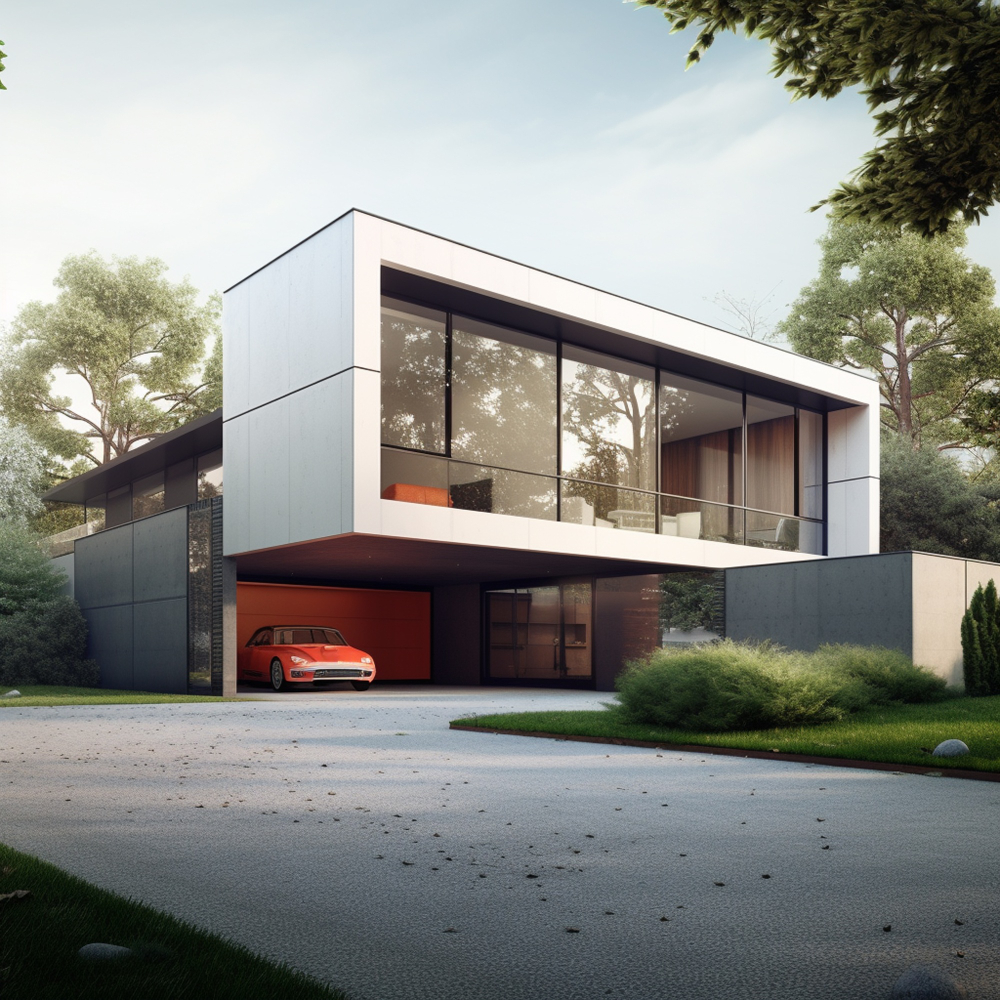Introduction:
In modern architectural design, visual identity is no longer limited to logos and colors—it has become an essential part of the overall architectural experience. An architectural visual identity expresses the spirit, values, and personality of a project, reflected in every aspect of the design, from material selection and lighting layout to façade details and urban integration.
1. What Is Architectural Visual Identity?
It is a collection of architectural and design elements that reflect the project’s vision and distinguish it from others. It includes:
-
The overall architectural style (classical, modern, industrial, etc.)
-
Chosen materials and colors
-
Façade designs and lighting methods
-
The relationship between indoor and outdoor spaces
-
Finishing and furnishing details
2. Steps to Create a Strong Architectural Visual Identity
1. Define the Project Vision and Objectives
Start with a deep understanding of the project's purpose and target audience: Is it luxury residential? An innovative workspace? This will guide your design criteria.
2. Analyze the Context and Location
Study the surrounding environment, including climate, culture, local architectural styles, and geography. This ensures harmony with the context while maintaining distinctiveness.
3. Choose a Clear Design Language
Select an architectural style that reflects the project’s character, and maintain consistency in its application—from the overall shape to door handles.
4. Create a Visual (Architectural) Logo
For some projects (e.g., hotels or residential complexes), you can design a distinct architectural symbol, such as a unique façade pattern or iconic entrance.
5. Select Expressive Materials and Colors
Natural materials like wood and stone convey warmth and authenticity, while glass and metal reflect modernity. Colors have a strong psychological impact—choose ones that align emotionally with the project type.
6. Focus on Small Details
Sometimes, identity lies in the little things: tile patterns, lighting units, unit number typography, even the design of the gate.
3. Examples of Successful Architectural Visual Identities
-
Burj Khalifa: A blend of modernity and Islamic tradition in its geometry and fluid form.
-
Louvre Abu Dhabi: A visual identity shaped by light, shadow, and sea reflections.
-
Apple Stores: Simplicity, purity, and fluidity define their unmistakable architectural identity.
Conclusion:
Creating a powerful architectural visual identity requires thoughtful planning and integration between creative vision and executional professionalism. It’s not just about aesthetics—it’s a message that expresses the project and leaves a lasting impression. When you succeed in crafting a distinctive architectural identity, your project becomes more than a building—it becomes a memorable architectural landmark.

 English
English
 Arabic
Arabic

